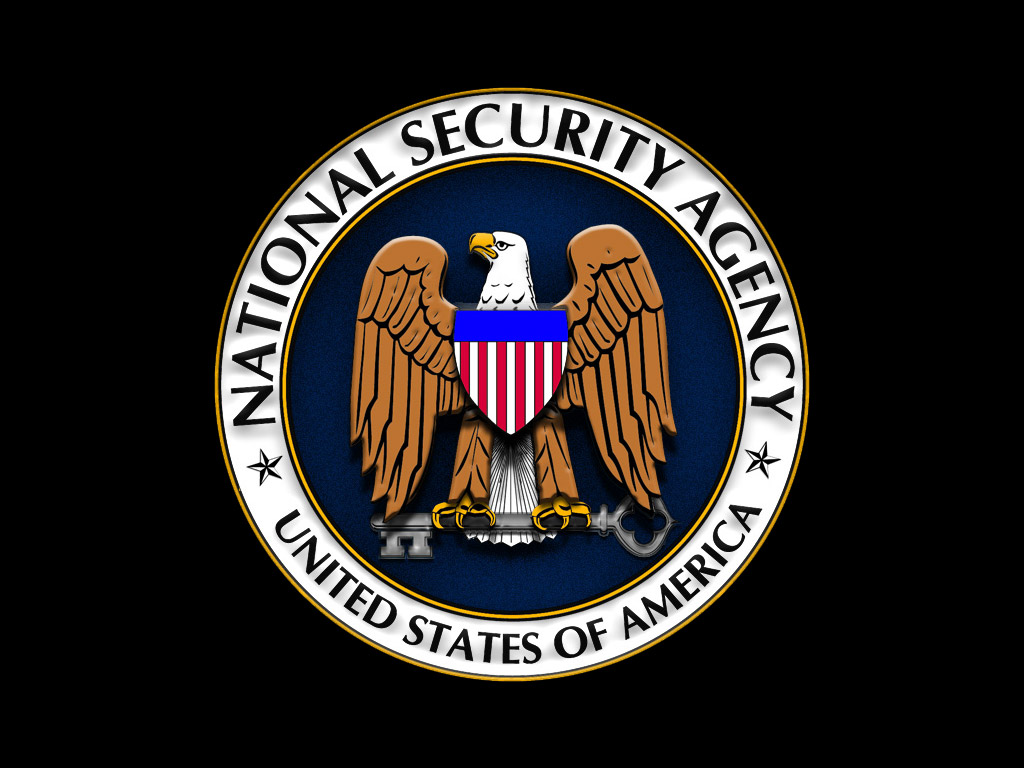The bill moved by Congress and signed by the president, labeled S. 139, didn’t just stretch Section 702’s duration. It also may increase the NSA’s authority in subtle but nasty ways.
The reauthorization marks the first time that Congress declared legislation that explicitly recognizes and codifies some of the most contentious aspects of the NSA’s surveillance programs, including “about” collecting and “backdoor searches.” That will give the administration more legal ammo to defend these programs in court, in Congress, and to the public. It also recommends ways for the NSA to release its already lax self-imposed abstinence on how it conducts surveillance.
First established in 2008 as part of the FISA Amendments Act and reauthorized last week until 2023 Section 702 is the primitive legal authority that the NSA uses to carry warrantless electronic surveillance against non-U.S. “targets” located outside the United States. The two plainly known programs operated under Section 702 are “upstream” and “downstream” formerly known as “PRISM”.
Section 702 varies from other foreign inspection laws because the administration can pick targets and conduct the surveillance without a permit signed by a judge. Instead, the Foreign Intelligence Surveillance Court (FISC) merely reviews and signs off on the government’s high-level programs once a year.
In both upstream and downstream monitoring, the intelligence agreement collects and searches communications it believes are said to “selectors.” Selectors are search terms that appeal to a target, like an email address, phone number, or another identifier.
Under downstream, the government requires companies like Google, Facebook, and Yahoo to turn over information “to” and “from” a selector achieving access to things like emails and Facebook messages.
Under upstream, the NSA relies on Internet providers like AT&T to provide passage to large sections of the Internet backbone, intercepting and scanning billions of information rushing between people and through websites. Until recently, upstream appeared in the collection of communications to, from, or around a selector. More on “about” collection below.
Take your time to comment on this article.

